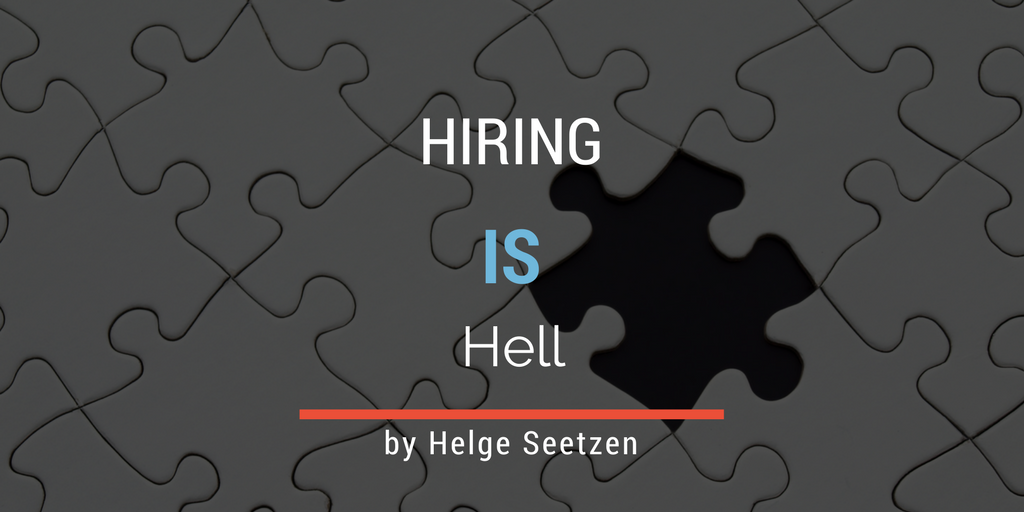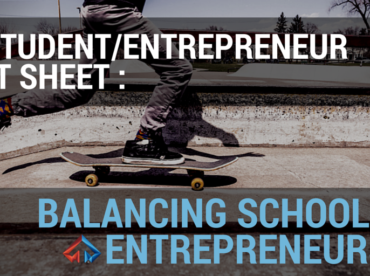Hiring is really hard! Not just the process of find candidates, but the rate at which hires turn into great employees. Over the last decade I have hired upward of a hundred people into new organisations (start-ups or new departments within a large company). Looking back, 10-20% of those turned out to be great performer, 10-20% were hiring failures and the rest landed somewhere in the middle. Failures in this context doesn’t just mean low performers but also good people who didn’t fit the job (which is at least as much my fault as theirs). The good news is that you can built great teams even with those hiring ratios if you cycle out the failures fast enough. The bad news is that the failure rate makes perfection a futile goal.
I have tried various techniques over the years, read lots of books on recruiting, and used professional services up and down the cost range. None of it really moved the needle in a major way. Maybe I am just too dense, but I would rather like to think that hiring is governed by its very own variant of the Heisenberg Principle: You can get an employee today with no certainty about quality, or look for quality and have no certainty at all about timing.
A few large companies with sufficient prestige can operate on the right hand side of that statement (e.g. Google, Facebook). Most start-ups on the other hand only hire when the resource is desperately needed and thus play mostly on the left hand side. Here is what worked for me in that situation:
For junior levels I have actively embraced the statistical nature of hiring. Rather than trying to get each hire absolutely right, we are saturating TandemLaunch with interns. We then deliberately expose them to more senior challenges in their domain and see what they can do. This statistical recruiting strategy has served me well in the past: About half of BrightSide’s staff started with us as students. We had interns working across the range from leading projects down to basic electronics assembly. We consequently entered the post-acquisition Dolby org chart with previous interns filling roles across four levels of Dolby’s engineering seniority scale (from entry-level to team leaders with normally 10+ years of experience).
The internship approach obviously isn’t practical for the senior functions of a start-up. Unfortunately, those hires also have a much bigger impact on the company and thus the potential to cause great damage. The best guidance I can offer is to always assume that all hiring is statistical. Even if your gut tells you that “this guy is perfect”, force yourself to consider a bad outcome. Long probation periods (at least 3 months), clean break provisions, long term vesting of equity, and so forth are absolutely key to any hiring process. I have experienced both success and failure in this respect. At Sunnybrook we had to part ways with two executives. One had a clean separation provisions and had no long term negative impact on the company. We failed to do the same for the other and blew up massive amounts of shareholder money as a result (the “bad” separation actually came first so the painful learning at least ensured that we did better in later hirings).
Most importantly, when hiring in a start-up keep the wise words of James Boswell (1791) in mind:
“Men are wise in proportion, not to their experience, but to their capacity for experience”



